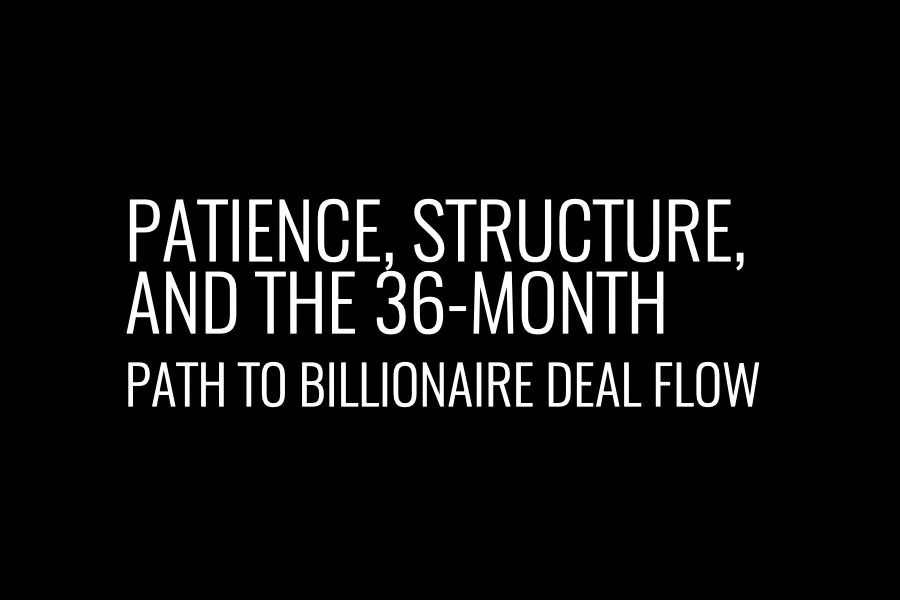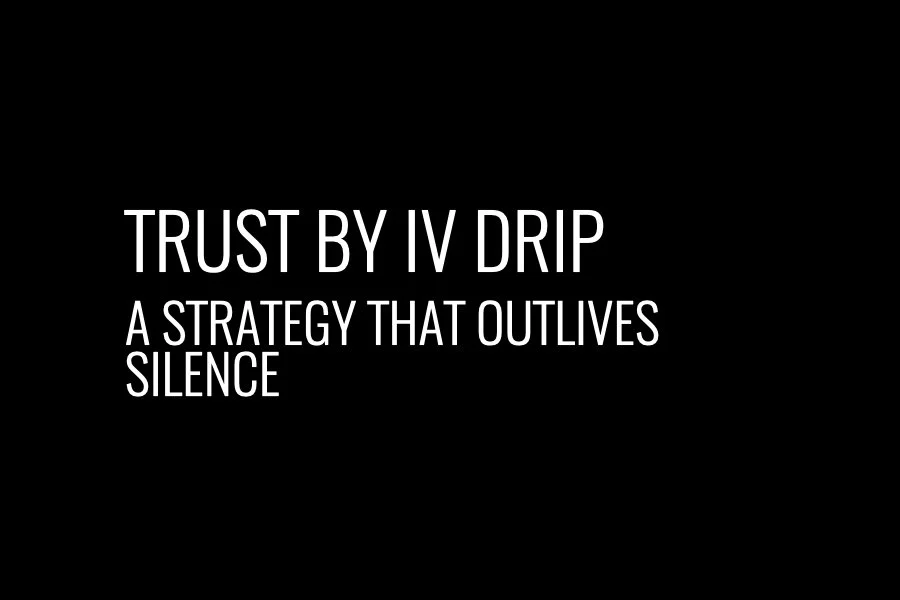Things are going to be very bad very soon
For nearly 20 years, one signal has tracked UHNWI behavior and the premium luxury/asset market. The last 12 months look worse than 2007—not in prices, but in behavior: confusion, tension, and evaporating trust. Dashboards are lying by omission; mass channels are noise. If you sell real assets, hedge your risk by building direct relationships with new clients now—visible multiple times a month, in their circle of trust. Emerging markets aren’t minting more UHNWIs; confiscations and shocks compound the squeeze. The blunt truth: there won’t be enough clients for everyone.
The only thing in today’s world that doesn’t fail is long-term observation. For nearly 20 years we have used the same market indicator: on one side, we track the behavioral activity of UHNWIs globally; on the other, we track the premium segment of manufacturers and sellers of luxury goods and high-value assets. We speak of “two sides,” though these markets are tightly interwoven.
The last 12 months have been disheartening. We saw something similar in 2007. This time, it’s worse. I’m not evaluating financial markets—I’m talking about behavior: entanglement, tension, bewilderment, all of which our analysts’ reports pick up clearly.
Trust—never abundant—is evaporating by the day. Do you see it from where you sit? If yes, share what you’re sensing in your segment. If not, it likely means you’re not keeping your hand on the market’s pulse the way we do—by interacting directly with those who control a significant share of the world’s assets. It isn’t a heart attack yet, but it looks very much like atrial fibrillation—a bad sign. You may not feel it because you’re taking the pulse of something cold and robotic. The numbers on your dashboard don’t reflect reality—just like in 2007. Today, with a far greater volume of circulating information, to claim that you “understand what’s happening” is a serious overstatement. I’m not here to say we see what you don’t. I’m here to say this: what we’re seeing looks deeply alarming.
In such uncertainty, instinct says to act at a human level of communication. Speak directly with people you genuinely understand—their needs, fears, expectations. Don’t put algorithms between you and them—algorithms that manipulate the distribution of information and turn you into a hostage of the system. You must hear the ominous silence and feel the nervous bustle. How many “million-plus” clients have you personally spoken with in recent months? Not about a subscription to yet another useless app—about transactions in real assets. Nothing struck you as odd? “Everything as usual?” On small samples it may be less visible. But when you look at thousands of people—different, yet tightly bound by financial and political interests—as a single neural network, a distinct premonition of the negative appears. Your attention is being scattered by international conflicts and social rifts—perhaps to divert your gaze from something more important. We are not claiming to know exactly what. But we insist: something is happening.
Protect yourself against potential market shocks. What is your strategy for a sharp drop in demand and a protracted recession? The only right move is to build relationships with new clients while they are still in the market and haven’t frozen up. You must do this now. Mass channels don’t work: they’re noisy and overcrowded. To cut through the noise, you need proximity—to be in their line of sight several times a month. Relationships with new clients are your risk hedge. As for existing clients, however reliable they may be, you must hedge them too: many have been burned; many have felt the impact of geopolitics and affiliations; asset managers for certain individuals and companies have been knocked out of the game. Emerging markets are not “producing” more new UHNWIs; and in the countries where they do appear there is confusion—recent mass arrests and multi-billion-dollar asset confiscations. In such a setting, much loses its meaning. There won’t be enough clients for everyone.
If you’re fighting for your right to exist and to succeed in the open market, there are two paths. Either you are objectively the best (not because a coach told you to “love yourself and ignore the toxic”), or you outspend the rest—because you’re all using the same tools. If you are better today, it is prudent to fortify your position while you still have an edge: the context is shifting, and without additional precautions there is no guarantee you will keep it. In recent years, companies whose dominance seemed unshakable have nearly or entirely fallen out of the game—simply because the context changed. The context is changing right now. The younger generation is more volatile: a significant portion of their conscious lives has unfolded in a rapidly changing digital environment where “change” is the content policy. If nothing happens, new content is manufactured. The medium’s capacity is practically infinite: this isn’t a newspaper with limited space, nor television or radio with a different information dynamic.
The median age of billionaires is 68; of centi-millionaires, 58. They came of age long before social media. They’re not “dying dinosaurs,” but they are far less susceptible to swings in worldview and display more predictable behavior. These are your clients—not internet influencers with millions of followers and lives on display. Influencers don’t have that kind of money or comparable options. And yes, a bit of ageism. Company owners 55+: be honest—most of the time you don’t understand what your younger staff is talking about when they pepper you with “digital strategies,” metrics, and acronyms. Don’t worry: it isn’t about your “lack of knowledge.” Much of it simply doesn’t make sense—and they themselves don’t fully understand it. What keeps your business afloat is the inertia of better times, when people knew the true value of things. There are fewer such people every year. And who replaces them? A generation being told that material assets are a burden, an echo of the past—at times even bad manners. What do you expect from people for whom a photo on a plane is a performance of success? 99.999999% of them will never become owners of jets, yachts, real estate, and other valuable assets: that takes a different motivation, character, and grit.
While you think you’re “cultivating a potential audience,” you’re missing the audience that yields generous commissions—provided it knows and trusts you. Decide which audience you want: those who will hear about trouble before the rest—or those who will forget you instantly, because in a world of chaos it won’t matter how many followers or likes you have. The only way to attract the first group is to offer them what is relevant, and through that narrow window pull yourself into their circle of trust. This isn’t about “one viral video.” It’s a long process of building trust. It’s your “bunker in New Zealand,” and you start investing in it now. This article is not a call to work with us at all costs. You can do it yourself. We’re offering to shorten the distance, drawing on our experience and the years we’ve spent understanding what awaits you on this difficult path.
Something is happening. If you don’t see it, you are either deaf or blind. We are genuinely alarmed and, yes, we are looking for stable new partners on the threshold of an uncertain future. Access to capital, opportunity, and power has always helped people survive upheaval. By investing your time and money in the crowd, you’re betting on the wrong side. We hope you realize this before it’s too late.
If you plan to continue investing, consider an Exclusive Agreement before placing your next allocation.



